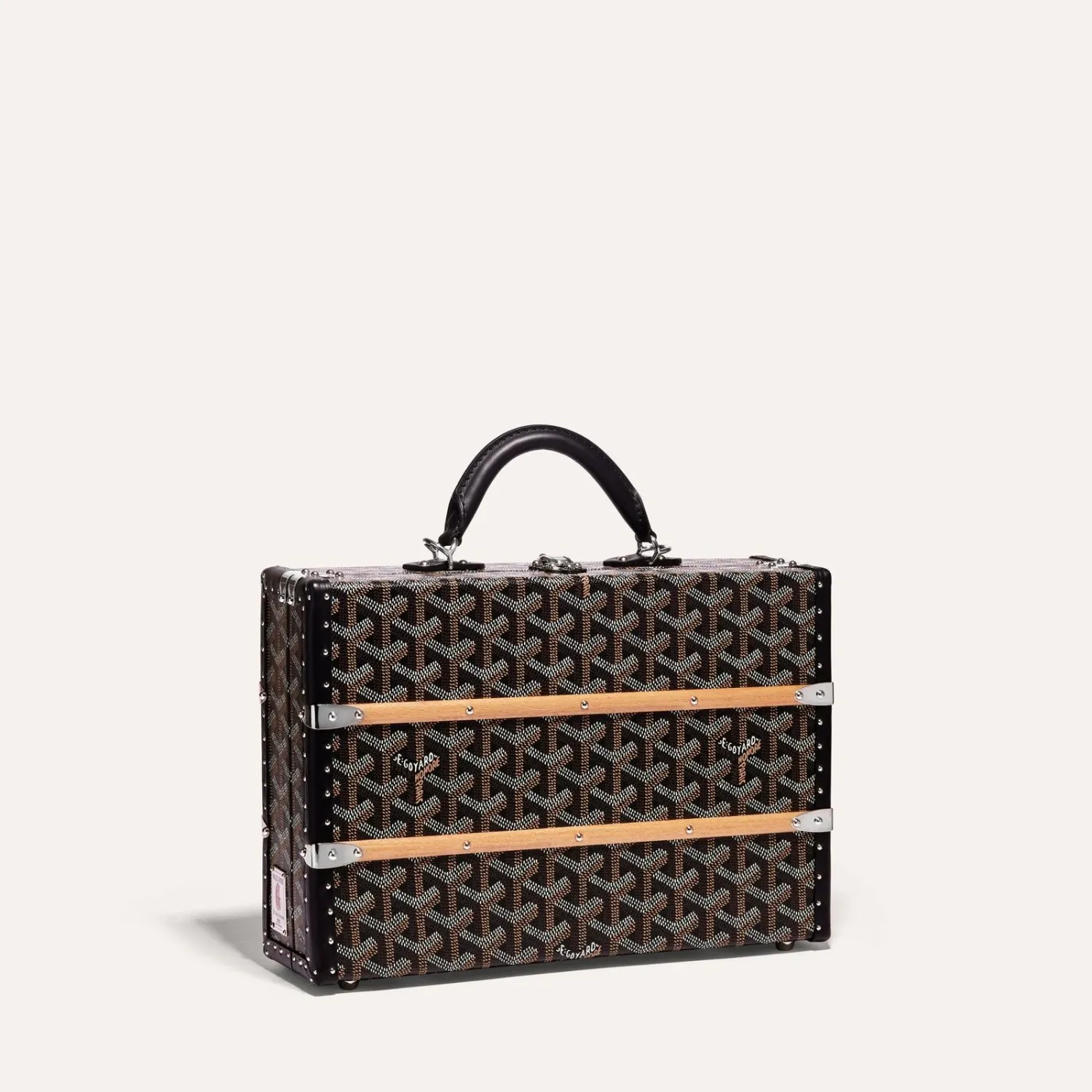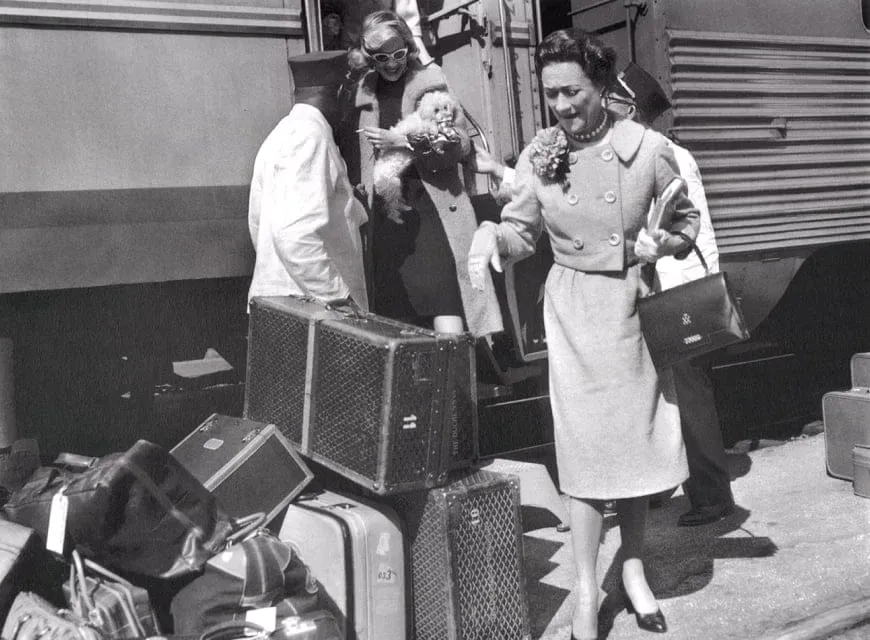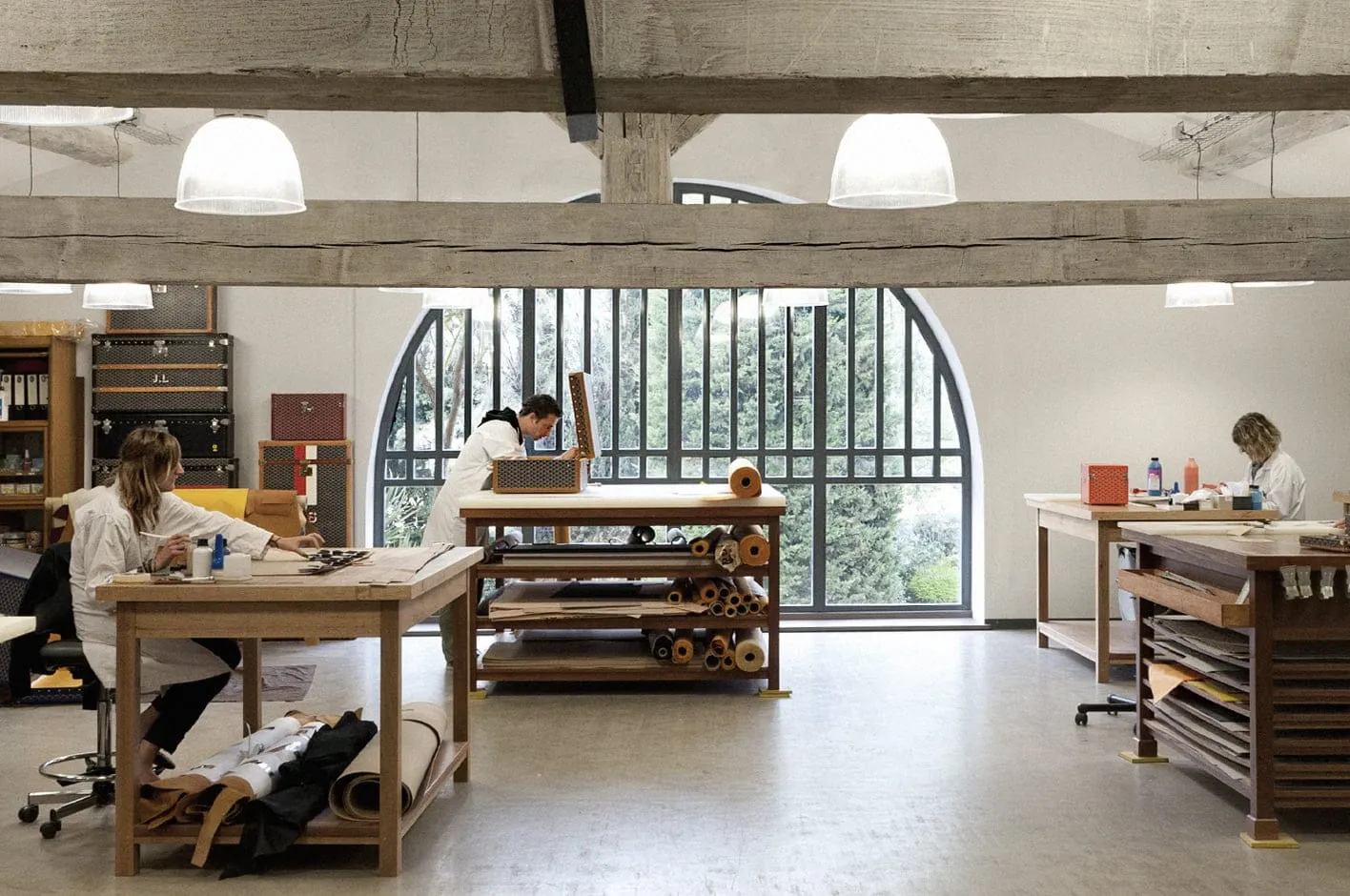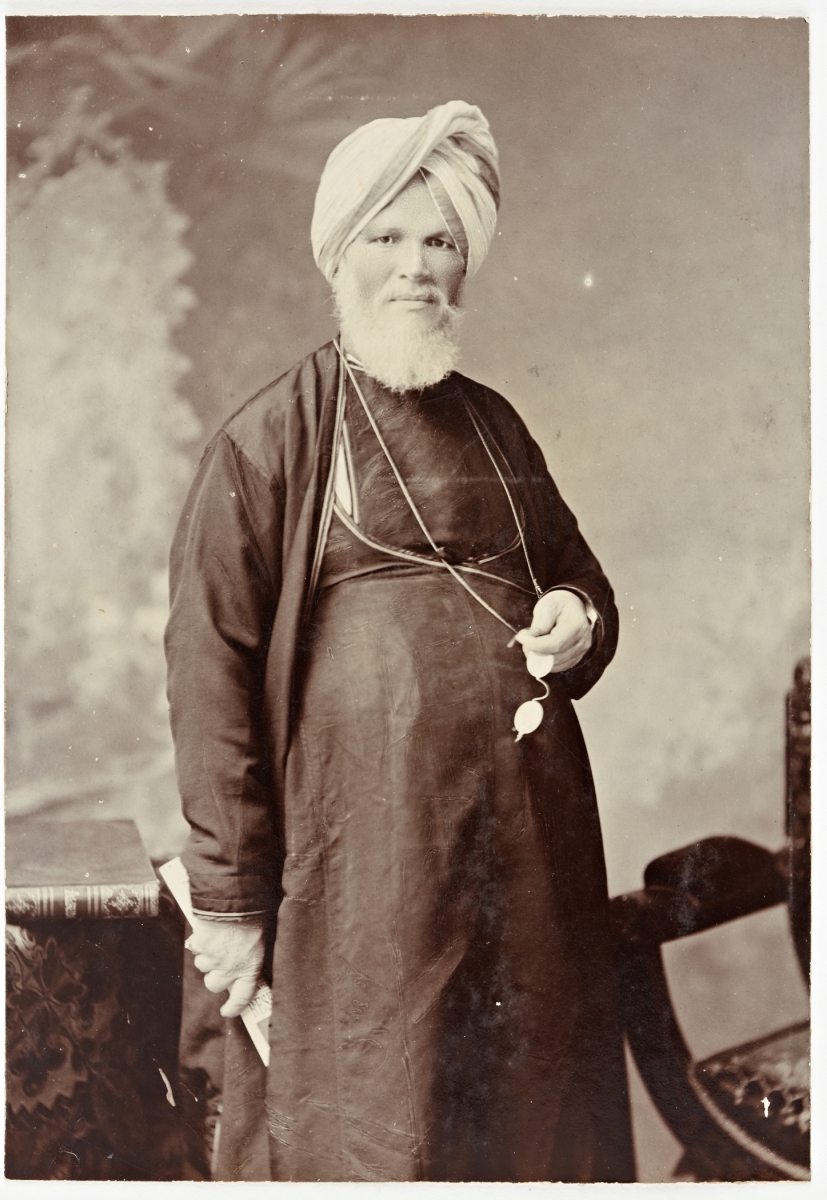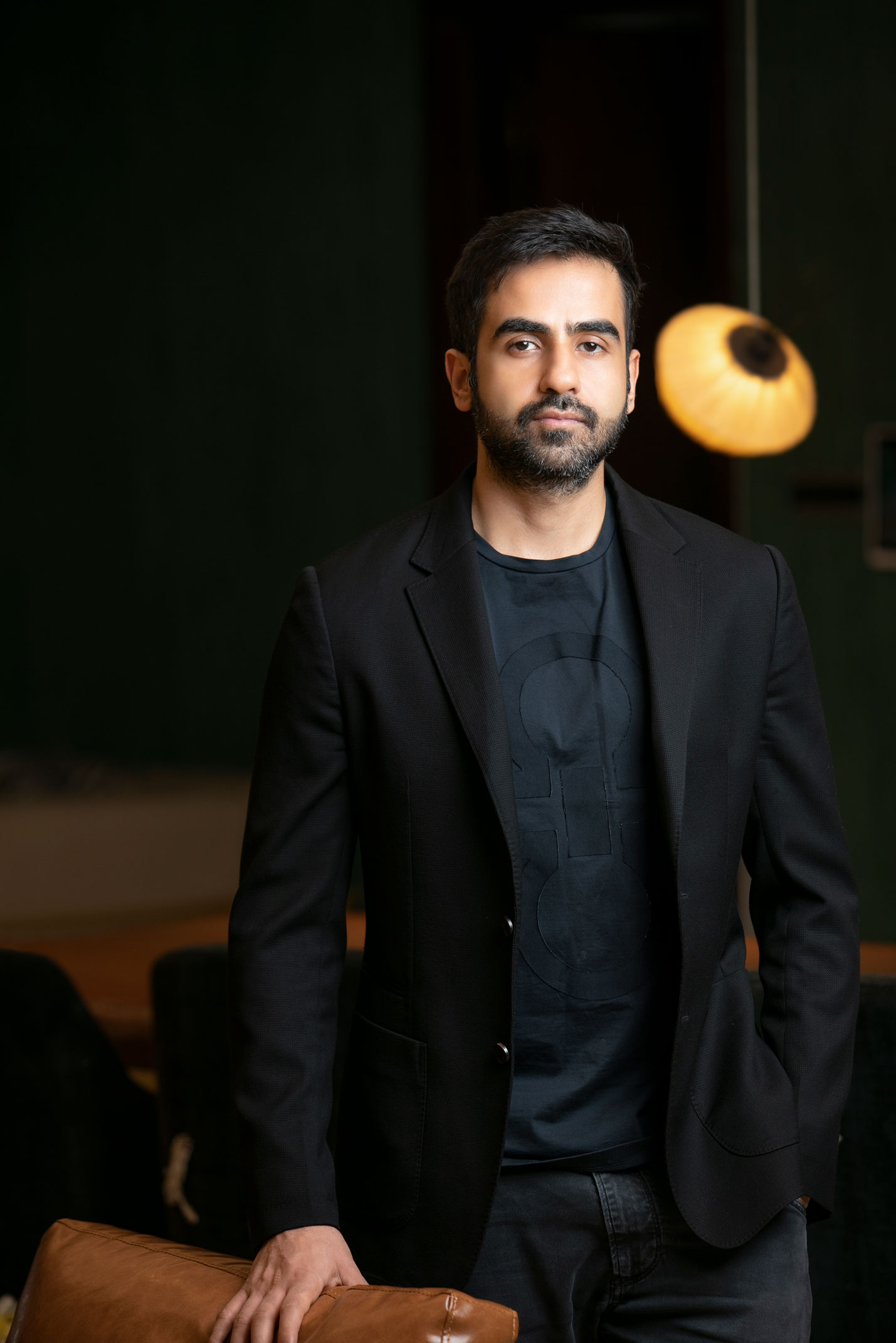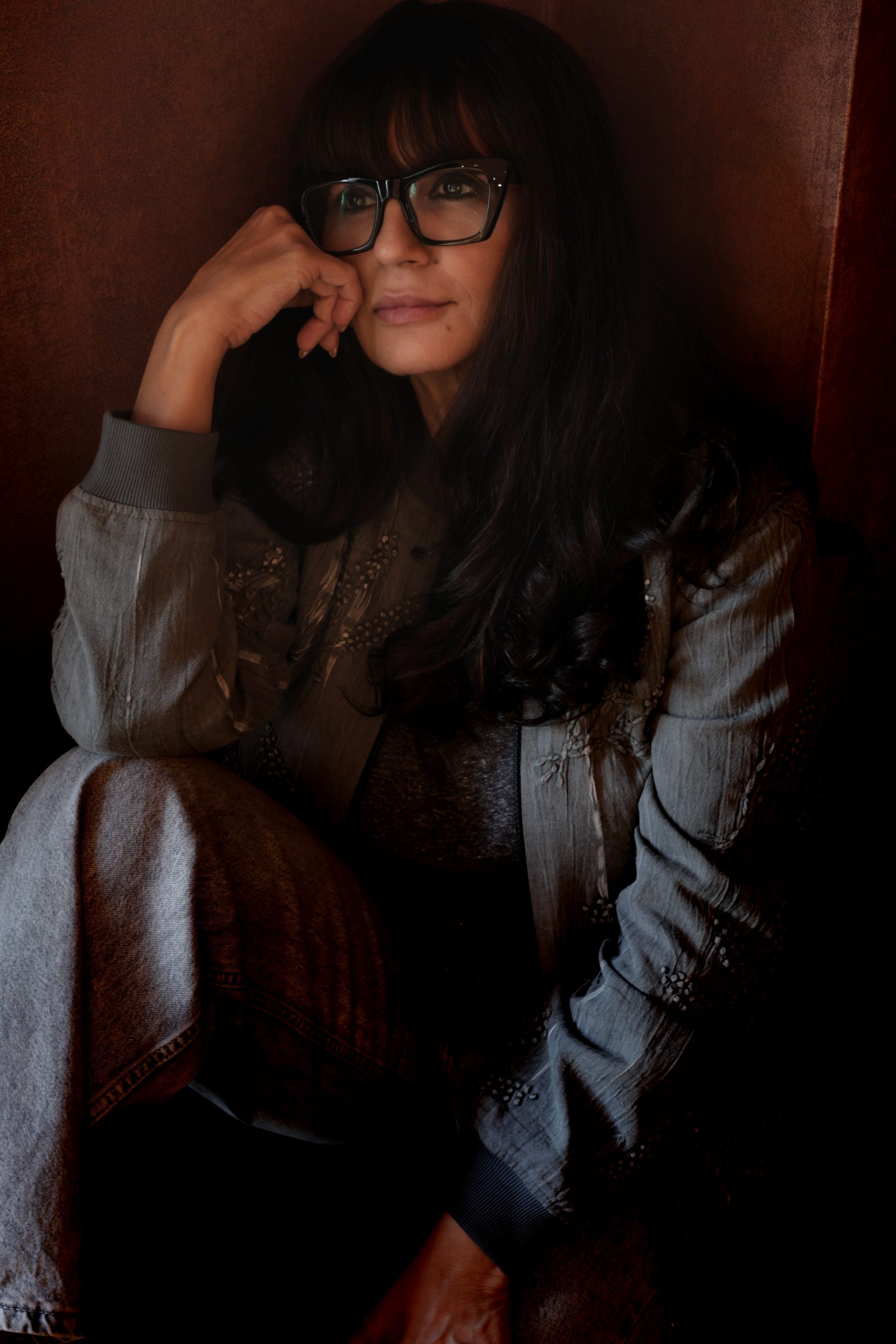Today, the marketing and press strategy of Goyard differs from most other luxury brands, wherein it chooses to create hype for its products, ironically, by maintaining silence. Goyard’s aim is to cater to the individuals who appreciate exclusivity as opposed to building a brand that is accessible to the market as a whole. Goyard stays away from celebrity endorsements and advertising, and even maintains its original design components, rather than trying to come out with new products to catch the eye of the mass-market. As the CEO of Tod’s, Diego Della Valle says, “Luxury is possible to buy. Good taste is not.” This simple quote demystifies some of the appeal behind luxury brands, which sell, more than the product, the concept of refined taste to its consumers. Brands like Goyard make it possible for its clients to own a status symbol, by creating an aura of exclusivity and elusiveness around any association to their products. With its entire brand identity being built around its discrete reputation, mass consumption goes against the basic ideals of Goyard.
The inception of Goyard was as the renowned box-making Maison Martin, conceived in 1792 by Pierre-François Martin. The house of Martin swiftly won the favour of the French nobility, and Marie-Caroline of Bourbon-Siciles, Duchess of Berry eventually bestowed upon it the illustrious title of official purveyor. Maison Martin’s store sign featured references to the three traditional services of “box making, trunk making and packing”, the crafts that were integral to its business. Martin, the guardian of Pauline Moutat, set up her marriage to Louis-Henri Morel, one of his employees, and offered his company as her dowry. By 1845, François Goyard, at the tender age of 17, began his apprenticeship under Morel and Martin. The business went on to be known as Maison Goyard, This would prove to be the humble beginning of one of the finest luxury brands today. From the Belle Époque to the 20th century, Pablo Picasso and the Rockefellers, the Romanovs, Estée Lauder, Prince Ali Khan, Coco Chanel, Edith Piaf and Cristobal Balenciaga were some of the valuable patrons who graced the store at 233, rue Saint-Honoré. Goyard luggage continues to be a celebrity favourite to date, often spotted in the company of Catherine Deneuve, Hilary Duff, Ozzy Osbourne, Gwyneth Paltrow, Reese Witherspoon, Rihanna, and A$AP Rocky.
Through the ages, the Goyard family name has been upheld by the determined descendants who strived to maintain a brand that had a distinct sense of superior quality. Goyard is known to forge a very strong bond with its clients, with the names of all customers being diligently filed and maintained, through the 19th and 20th centuries. This in itself is a testament to the brand’s dedication, with their records chronicling a piece of history. The fabled Goyardine canvas sports a signature chevron pattern, which has remained unchanged since its conception in 1900. The Goyardine’s deceptive leather-like appearance can be attributed to the innovative use of plant fibres like hemp, linen and cotton. The Goyardine’s patented slightly raised pattern is a result of the fabric and printing method employed during production: the stitch shows through the Chevron pattern and is superimposed on top of the raised pattern created by the paint dots, creating an original pattern that is challenging to duplicate. Edmond Goyard was the very first Parisian trunk maker to integrate his name into his canvas; the triple chevron is juxtaposed in the shape of a Y, which happens to be the central letter in the Goyard family name.
Goyard’s history and expertise were progressively revitalised by Jean-Michel Signoles in 1998. He established additional workshops in France as well as stores in Asia, the Americas, and Europe. Within a decade, he returned Goyard to its former grandeur and firmly established it as the beacon of timelessness, craftsmanship, and exclusivity it once had been, ignoring all marketing strategies and mass production. The brand does not engage in any form of e-commerce as well, making it virtually impossible to purchase with such limited access. Christina Papale, senior vice president, strategy at CBX, calls Goyard a “speakeasy brand” which “is literally for the in-the-know über-tasteful; it’s almost meant not to be seen.” The brand plays on a sense of mystery that makes acquiring its products all-the-more covetable.
Words by Gayatri Thakkar.
Images by Maison Goyard.
